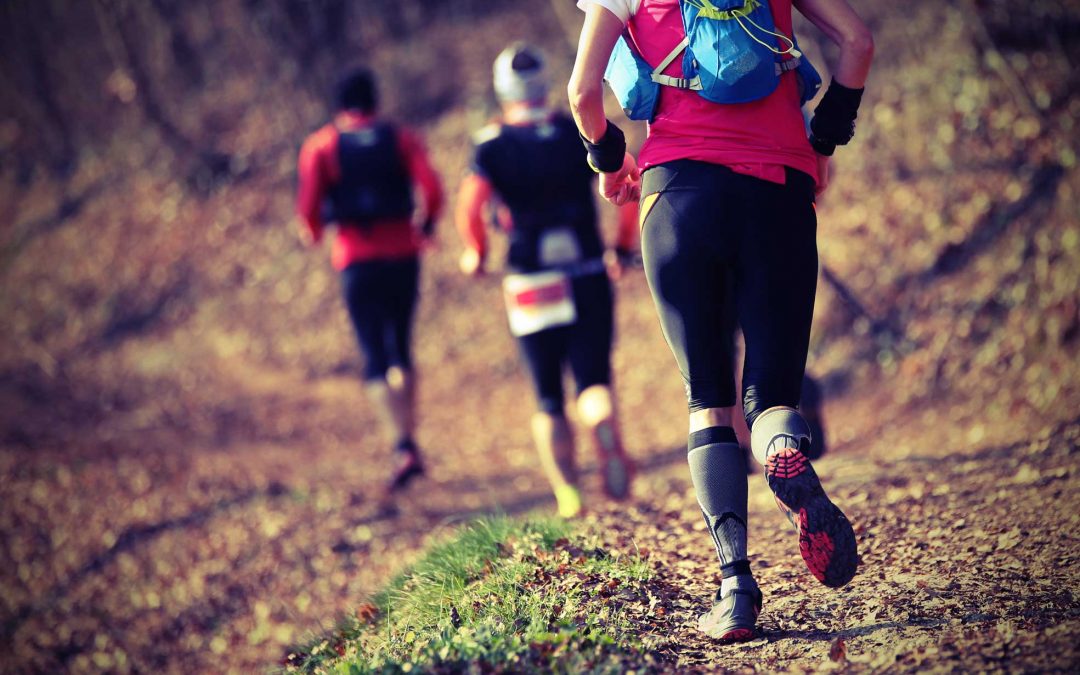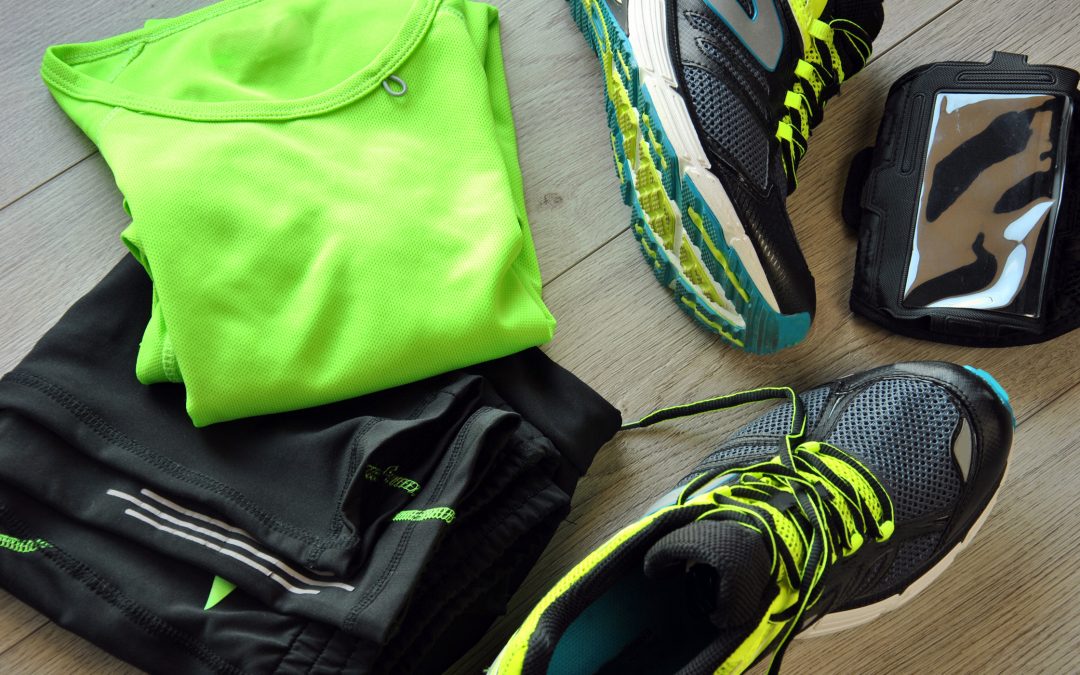
Monday 14 May 2018
You need to be aware of what you eat in order to understand the importance of good nutrition… and particularly if you practise sport!
This month we will talk about fats: excellent allies especially in winter! We make use of all their properties when the temperatures are low and we yearn for summer!
Fats are essential in any diet because they perform important functions in our body, playing a part in processes that involve the immune, cardiovascular and renal system!
They also represent the main source of energy in our body: they are used while we are at rest and during long-term and low-intensity exercise; the energy reserves are released more slowly (compared to those of carbohydrates!) and are, therefore, of less importance for short-term activity.
Some types of fats play an important role in sports: these are essential fatty acids, namely OMEGA (3 and 6) fats. These help to prevent the formation of free radicals (to which we are most exposed during intense physical exercise!). They perform an anti-inflammatory action and are effective in reducing muscle pain after exercise.
So pick up your pens… here is a list of good fats: anchovies – fresh sardines – mackerel – salmon – walnuts – almonds – pine nuts – hazelnuts – linseed oil – extra virgin olive oil – pumpkin seeds – sunflower seeds.
Beware however of “enemy” fats which should be consumed in moderation: sausages – red meat – dairy products and derivatives – bakery products – packaged foods – processed foods!
Run well and on the right food!
Francesca Fontanelli
Nutritional biologist
Read more

Monday 7 May 2018
Let’s start by saying that a medical fitness examination can save your life. Running is a pleasant sport which can be highly uplifting. You can feel in touch with nature and your own body, and it is also a social activity.
Before practising this wonderful sport, however, it is important to make sure that you are sufficiently fit and able to take the exertion. And this is where the title of the article comes in: you must go for a medical fitness examination.
It is often considered as just a formality or duty, but is in fact an essential means of ascertaining the proper functioning of our body and the entire cardiovascular system, and identifying the presence of silent pathologies that could endanger our life, and not just when we exercise. This reasoning of course applies to people of all ages, children and adults alike, and also to many other sports.
A medical fitness examination usually costs half the price of a pair of good quality running shoes, but is invaluable, because in addition to assessing your suitability in terms of health, sport and the law (it is a legal obligation!), it can be considered an asset, and the most important of all.
It is generally valid for 365 days, and so you should have one every year. The sports clubs we sign up for are responsible in this regard and it is their duty to check the suitability of their athletes for practising sport, but the athlete should ultimately take responsibility for him or herself. The Federation of Athletics now also requires tangible proof of certification.
Not all amateurs are enrolled in a sports club, but they should still undergo a medical fitness examination before committing themselves to a sport like running that requires a high level of muscular and cardiorespiratory endurance. In this case it is important, before running, to see your family doctor, as he or she will recommend specialised and qualified facilities where medical fitness examinations are carried out.
We cannot stress enough just how important this is, no matter what your level or age. Athletes have nothing to lose: go for an examination and you will not regret it. The medical practitioner to be seen is a Physician specialized in sports medicine.
What does the examination involve? This is it in brief.
The first step of the examination is a conversation with the patient, the collection of anthropometric data (height and weight), a sight test, a chest examination, and a blood pressure test. An electrocardiogram is then carried out both before and after a step test or cycle ergometer test. In addition, there is a spirometry test and a urine examination.
These provide the doctor with important information. He can then declare suitability (and therefore issue a certificate valid for 365 days) or non-suitability, in which case there will be specific follow-up tests to identify the nature of the problem.
Your sports club or your family doctor knows the qualified facilities where you can go for this type of examination, which we strongly recommend you do.
Read more

Monday 23 April 2018
Cross-country running, a sport commonly practised in the winter, is a good example of racing as a form of training.
This discipline requires the athlete to have, without doubt, good stamina: running on hilly and muddy terrain and in adverse weather conditions and sometimes extreme temperatures requires greater muscular strength than running on the track or on roads, and special training is needed to face these challenges posed in the winter.
Cross-country running, therefore, is not just racing for the more specialised athlete, but is also a highly effective form of preparation for racing on tracks and roads.
Training well for cross-country running helps to build up that stamina and athletes who go in for this stand a better chance than those who decide not to muddy their shoes!
Training circuits are also good for both the nervous and muscular system, and increase oxygen uptake and, therefore, improve the use of energy of the muscles. A session on a training circuit consists of the alternation of short runs of medium-high intensity with muscle-building exercises.
Here is a practical example: a 20′ warm-up run + various stretching exercises + 2×800 metres (3′ break between the two), alternating 200 metres of running at medium pace with exercises for the upper body + 5′ break + 2×800 (with another 3′ break between the two) alternating 200 metres of running at medium pace with exercises for the lower body + regenerating 20′ run or, for the more experienced, a final 5 km continuous run.
There are various types of intensive and extensive circuits the composition of which is versatile. And because of the versatility of this form of training, athletes can use it to prepare for all distances.
Winter is the key season for determining the success in the warmer seasons.
Read more

Monday 16 April 2018
A runner must consider the inevitable differences between sedentary and sports nutrition.
He must also keep in mind the distances over which he trains and competes.
Then there’s the type of training he performs and the developed load model.
The use of carbohydrates is fundamental for long-distance runners, together with all the other elements. The keyword is always the same: balance (and not deprivation).
Studies have clearly shown the importance of glycogen in maintaining high levels of intensity during an exercise session that lasts for more than an hour.
A low-carbohydrate diet quickly depletes liver and muscle glycogen. As a consequence, this affects both the performance in short-term (anaerobic) exercising and in extended (aerobic) high-intensity endurance exercising. Therefore, relying on fasting or eating a low-carb diet with a high fat or protein content is counterproductive for weight control, physical performance, optimal nutrition and good health.
Relying on a low-carbohydrate diet makes it extremely difficult (from an energy support standpoint) to undertake vigorous physical activity or training.
Moreover, training or competing with low glycogen reserves increases the chances of injuries, due to the important role that carbohydrates play in maintaining the central nervous system function and neuromuscular coordination.
To get the most out of your body, you always find an optimal balance of: training, nutrition and rest, together with motivation.
Massimo Santucci and Dr. Augusto Innocenti
Read more

Monday 9 April 2018
Several factors should be considered in choosing the clothing to be used for each session.
Naturally, it should always be comfortable. If a garment loses any comfort, it should be discarded regardless.
The shoes must be suitable for the type of session we are planning.
It’s best to have a light shoe that offers good reactivity on the ground for going on fast workouts. The foot must be free to make its natural twists by taking advantage of the elastic response.
When tackling courses with gradients or otherwise uneven tracks, we can protect ourselves with a more structured shoe, but let’s remember that we have to run… so we must not use shoes that block the foot, hindering its natural action.
The choice of sock is very subjective, but in general it is best to feel the foot, so the sock should be thin.
The choice between leggings or shorts depends not only on the temperatures, but also on the type of training.
In case of a gentle pace, we can cover ourselves a little more, but if we push ourselves it’s best to have more freedom of movement.
The same goes for the torso. Covering up when it’s cold is fine, but we must keep the arms and shoulders free to move, otherwise the mechanics will suffer.
When we are not moving freely, we affect our running dynamics and we end up doing more work.
Many runners use glasses, caps, headbands, fanny packs etc., and these objects can be useful, but we cannot be generic in their purchase.
For example, a fanny pack that moves around, a pair of glasses that alter the view of the ground, a hat that hinders your vision while going around a bend etc., these are all elements that can disrupt our normal running action.
A runner’s small problems can become big problems.
A stride is repeated hundreds of times on the ground, so if it isn’t done right, the damage immediately becomes enormous. Even small imperfections can lead to significant consequences.
Direct experience in the field, learning from reading or advice from trainers all help in understanding what to use for running, in terms of weather conditions and our subjective preferences.
Read more








